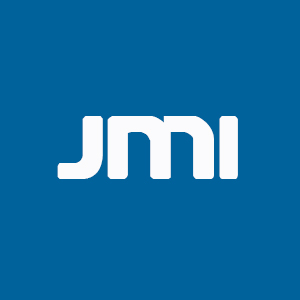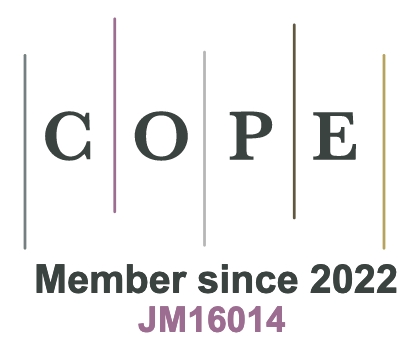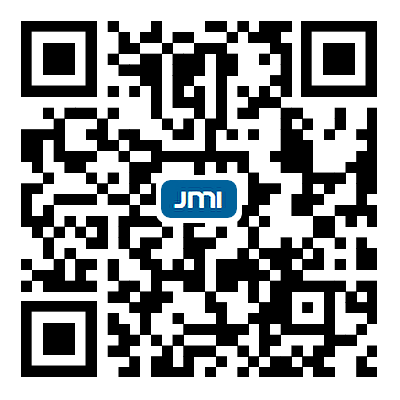Advances in Graph Neural Networks for alloy design and properties predictions: a review
Abstract
Graph neural networks (GNNs) have become a transformative modeling paradigm in materials science, offering a data-efficient and structure-aware approach for learning from complex material systems. This review focuses on the recent progress of GNNs in alloy design and property prediction. We begin by introducing the foundational concepts of graph representations and the general architecture of GNNs, including node embeddings, message passing, and pooling strategies. The review then categorizes major types of GNNs, including supervised and unsupervised learning, with a focus on the achievements and applications of GNNs in materials modeling, and discusses their strengths and inherent limitations in the context of materials modeling. Particular emphasis is placed on the application of GNNs in the alloy domain, covering a diverse range of data types, from atomic structures and compositions to microstructural images, and target properties, such as mechanical strength, thermal stability, and phase stability. We highlight how GNNs are integrated into alloy composition optimization, multi-property prediction, and frontier research workflows. The review concludes with a summary of multi-model and multi-scale approaches and outlines key challenges and future directions for constructing generalizable, physics-informed GNN frameworks for alloy discovery.
Keywords
Graph Neural Networks, alloys, multi-scale modeling, alloy composition, machine learning, structure-property relationships
Cite This Article
Zhao Z, Hu T, Bi S, Guan D, Xu S, Chen C, Xuan W, Ren Z. Advances in Graph Neural Networks for alloy design and properties predictions: a review. J Mater Inf 2025;5:[Accept]. http://dx.doi.org/10.20517/jmi.2025.42












